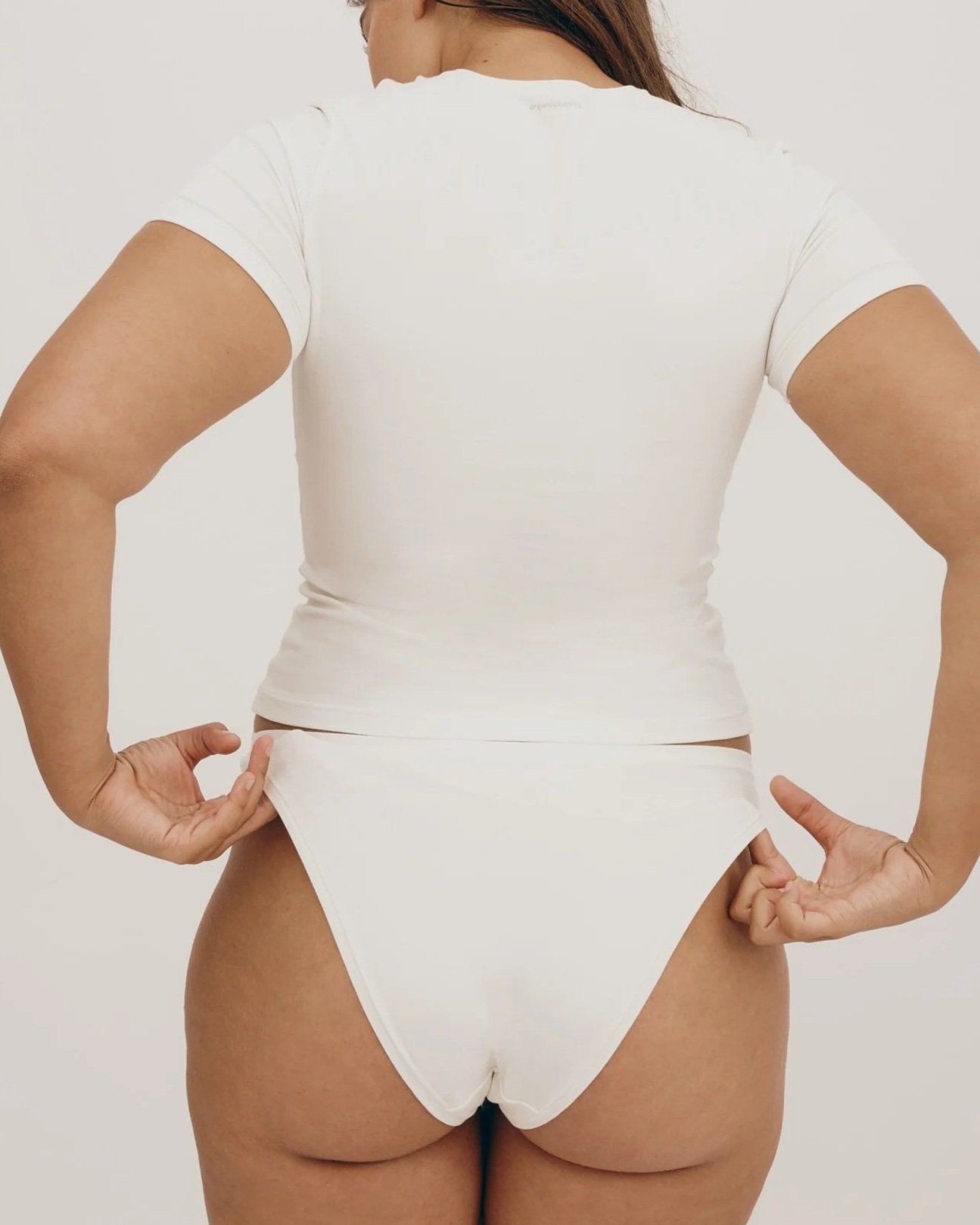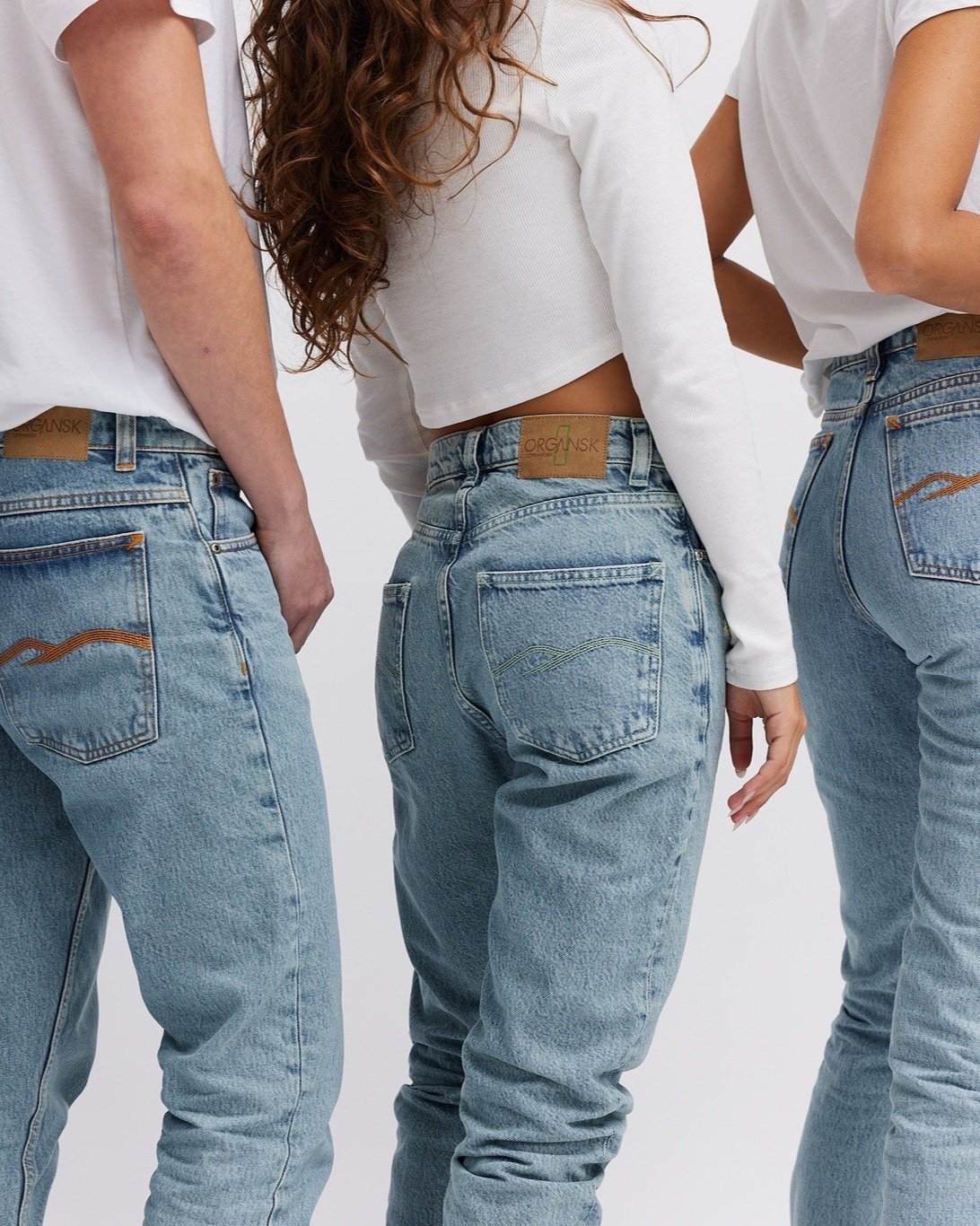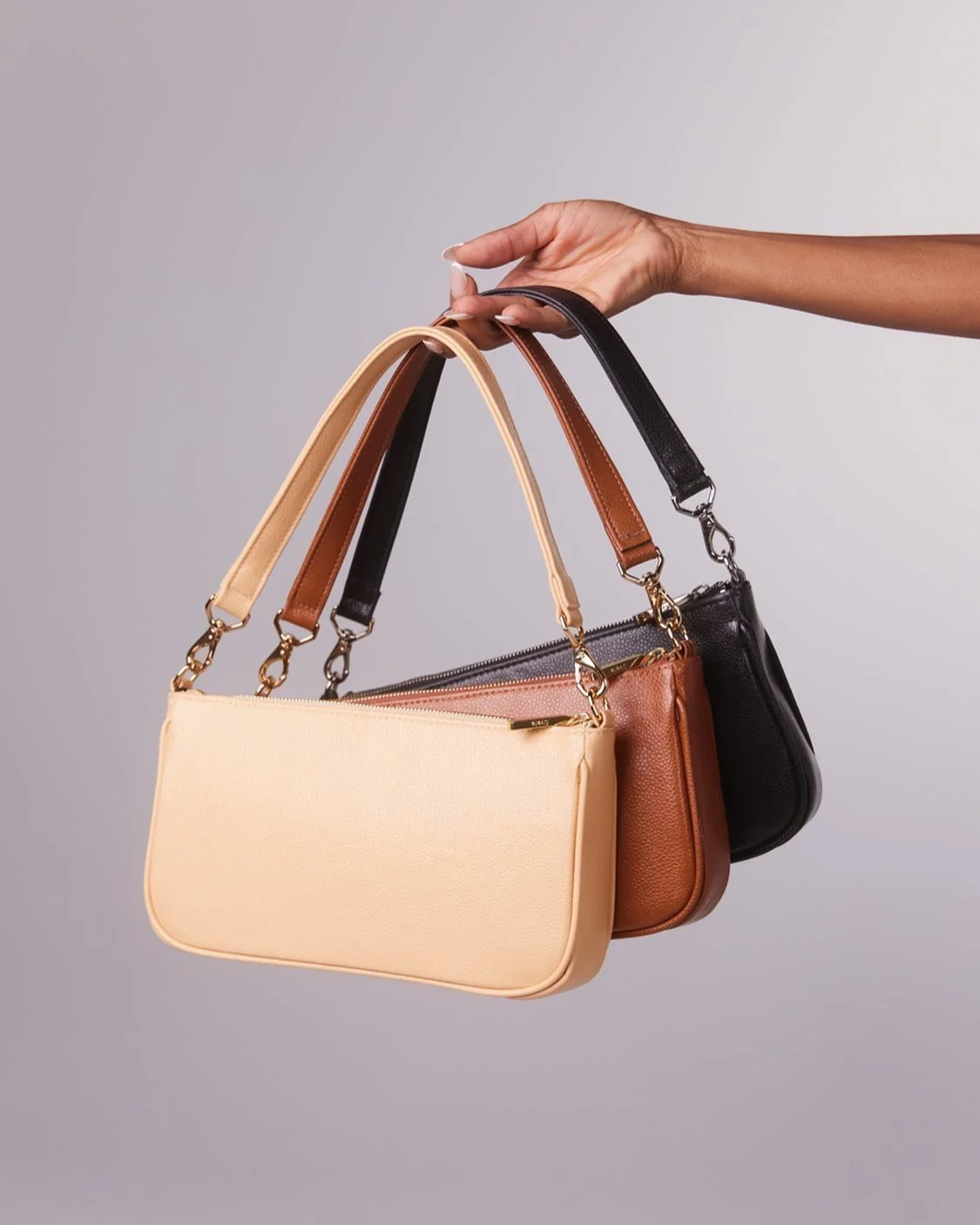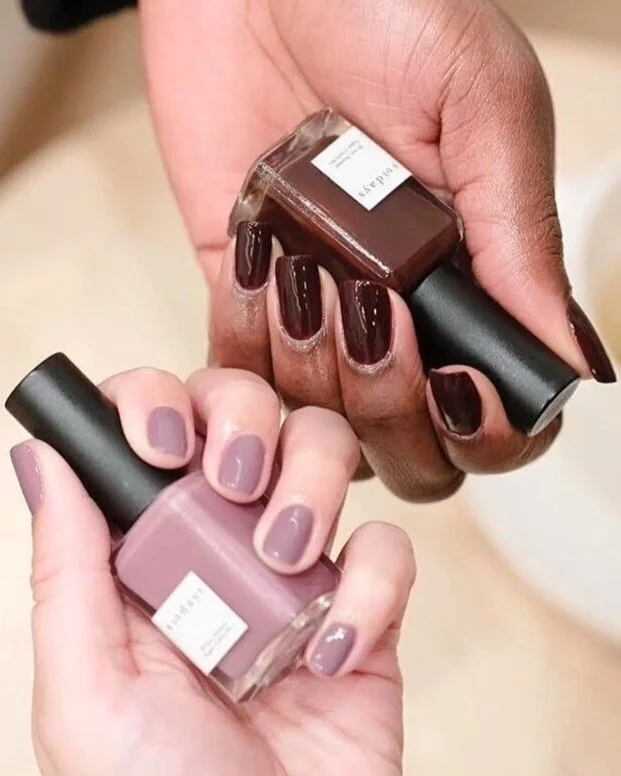
Making the switch to non-toxic and plastic-free products doesn’t need to feel like a huge chore. Trust me, I’ve tried out a ton of sustainable options over the years, including plastic-free swaps, and I’ve found a few that I genuinely love and rely on in my daily life. Whether it’s for personal care or cleaning around the house, these brands focus on clean ingredients and plastic-free packaging. It just goes to show that you can take care of yourself and the planet without sacrificing quality or convenience!
1. Shampoo & Conditioner, Plaine Products
Plaine Products offers a truly closed-loop haircare system. Their shampoo and conditioner are not only free from sulfates, parabens, and synthetic fragrances, they also come in reusable aluminum bottles you send back for refills. It's clean haircare without the plastic waste. (the pumps are made from plastic but you hold on to them to use them in future aluminum bottles!)
use code sustainablychic20 for 20% off your purchase
2. Deodorant – Wild Refillables
I’ve been using Wild’s natural deodorant as a plastic-free swap, and I have to say, I really love it! It comes in this sleek, reusable aluminum case - with my name on it :D The best part? They offer compostable refills, so we don't add to plastic-waste. I really appreciate that it’s made without any of those harsh chemicals or aluminum salts. It keeps me feeling fresh all day long! The synthetic-free scents are really nice and all plant-based. Overall, it’s a win-win for me when it comes to non-toxic deodorants!
use code chic20 for 20% off
3. Laundry & Dishwasher Detergent – Dropps
Dropps offers convenient detergent pods for your laundry and dishes. Instead of bulky plastic jugs/film, they use biodegradable film for their pods, which are shipped in recyclable cardboard boxes. I've been using their products for a couple years and think they work really well. It’s a simple change that helps your dishes and clothing clean without negatively impacting the planet!
4. Makeup – River Organics
River Organics combines skincare and makeup with clean, vegan ingredients and zero-waste packaging. Their lip balms, concealers, and blushes come in compostable paper tubes and are ideal for anyone looking to detox their makeup bag. Plus, I love the fact everything is made in North Carolina!
use code SustainablyChic for 15% off your purchase
5. Face Wash & Moisturizer – Plaine Products
Another favorite from Plaine Products is their face wash and moisturizer. Both are gentle, nourishing, unscented, and great for sensitive skin. They come packaged in the same refillable aluminum bottles as their haircare products. This is clean beauty at its best.
use code: sustainablychic20 for 20% off your purchase
6. Hand Soap – Wild Refillables
Wild has recently expanded into hand soap, which is just as thoughtful as their deodorant. It is refillable, plastic-free, and gentle on the skin; this swap brings sustainability to your sink.
use code chic20 for 20% off
7. Activewear – Tripulse
Tripulse creates activewear using natural, plastic-free materials such as TENCEL™ and Roica® (a biodegradable elastane). Their garments are breathable, antimicrobial, and extremely comfortable, making them ideal for movement without microplastics.
8. Everyday Clothing – Natural Fibers Only
One of the biggest swaps I’ve made? Choosing clothing made from 100% natural fibers. Synthetic fabrics shed microplastics and often contain toxic chemicals. Instead, I choose brands that prioritize materials like organic cotton, hemp, and linen. Not only are they better for your body and the planet, they are lasting, too!
9. Sun Protection – ATTITUDE Sunly™ Mineral Sunscreen Stick SPF 30
ATTITUDE’s Sunly collection offers a 100% plastic-free, EWG Verified® mineral sunscreen in biodegradable tubes. Available in retractable sticks for face and body (scented or unscented), it features non-nano zinc oxide for UVA/UVB protection and is free from harmful chemicals like oxybenzone. Lightweight, vegan, and easy to apply, these sticks have been praised by many as the best plastic-free option - & we love them!
10. Plastic-Free Hair Ties – Kooshoo
These hair ties have a cotton cover and natural rubber center, making them compostable, though rubber takes months to degrade. Kooshoo ties are 2-3 times stronger than standard ones and won’t damage thick or curly hair. Made with sustainably sourced cotton, they are Fair Rubber certified and produced ethically in Japan or India, using OEKO-Tex low-impact dyes and vegan materials.
Looking for a wooden hairbrush or eco-friendly cleaning supplies? Check out Grove for more amazing plastic-free and sustainable beauty and home products!
We also have these zero-waste / plastic-free posts to help further your journey:




























































